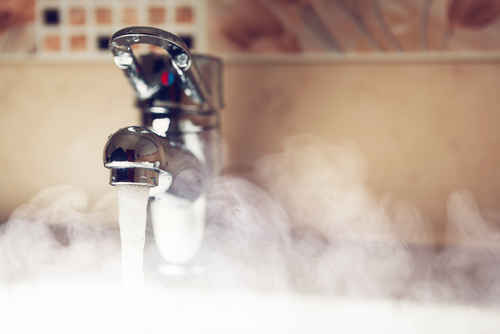
 Winter is a demanding time for your home’s water heater.
Winter is a demanding time for your home’s water heater.
First, the water coming into it, whether it comes from a well or the public water supply, is colder.
Your water heater has to work harder to heat the water to your set temperature.
Second, water heaters with a tank have more standing heat loss in the winter. Standing heat loss happens when a water heater is in an unheated space like a basement. Because it’s colder there, the water sitting in your tank loses heat faster. The heating and reheating needed to keep the water hot makes more work for your water heater.
Third, we’re using more hot water. We linger a little longer in hot showers. With kids home over holiday breaks, more hot water is needed for bathing, laundry, and dishwashing, putting more demands on your water heater.
It is recommended that you have your home’s water heater get a professional maintenance tune-up at least once every two years. The trained, experienced service technicians at Wesco Oil can do that for you.
But there are things you should do in-between those tune-ups so your water heater runs more efficiently, with less risk of a breakdown, and a longer life expectancy.
Corrosion is a major cause of water heater tank failure. Sediment at the bottom of your water heater tank can cause corrosion. It also makes it more difficult for the system to heat the water, making it less efficient and driving up your energy costs.
Flushing the tank is easy. Here’s how to do it.
The anode rod draws the minerals that cause corrosion to itself rather than the tank lining, helping to protect your tank from corrosion. It is often called the “sacrificial rod.”
Anode rods last about five years. Once your anode rod is depleted, your tank is vulnerable to corrosion and tank failure. Checking your anode rod takes a few minutes. Read your water heater owner’s manual for instructions.
An insulating blanket on your water heater tank and around pipes helps reduce standing heat loss. The water heater won’t have to run as often or as long to keep your water hot, reducing wear and energy usage.
Need water heater service? Get in touch with us!